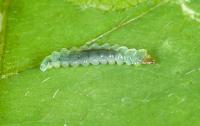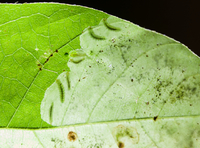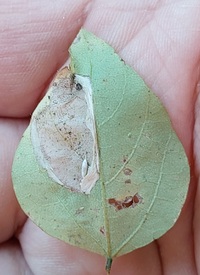
| Recorded by: Mark Basinger and Jim Petranka on 2025-10-17
Madison Co.
Comment: Amphicarpaea bracteata was host plant. Blotch mine contained a cocoon. rnPhoto was taken in Erwin, Tennessee. | 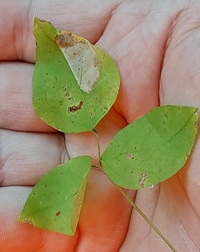
| Recorded by: Mark Basinger and Jim Petranka on 2025-10-17
Madison Co.
Comment: Amphicarpaea bracteata was host plant. Blotch mine contained a cocoon. rnPhoto was taken in Erwin, Tennessee. |

| Recorded by: Mark Basinger on 2025-08-14
Ashe Co.
Comment: | 
| Recorded by: Mark Basinger on 2025-06-22
Buncombe Co.
Comment: |
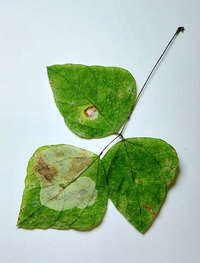
| Recorded by: Mark Basinger on 2024-10-16
Rowan Co.
Comment: | 
| Recorded by: David George, Jeff Niznik on 2024-08-06
Transylvania Co.
Comment: |

| Recorded by: David George, Jeff Niznik on 2024-08-05
Transylvania Co.
Comment: | 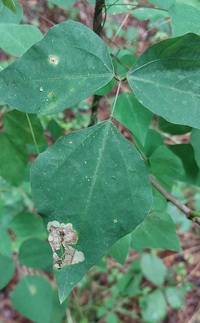
| Recorded by: Mark Basinger on 2024-08-03
Mitchell Co.
Comment: |
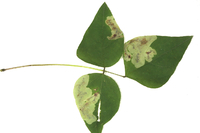
| Recorded by: Jim Petranka and Becky Elkin on 2024-07-07
McDowell Co.
Comment: | 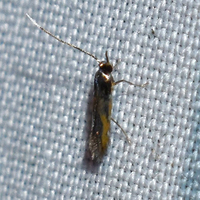
| Recorded by: David George, Stephen Dunn, Jeff Niznik on 2023-08-18
Caswell Co.
Comment: |
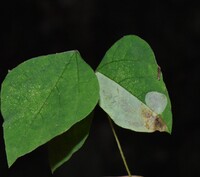
| Recorded by: David George, Stephen Dunn, Jeff Niznik on 2023-08-18
Caswell Co.
Comment: | 
| Recorded by: David George, Stephen Dunn on 2023-08-12
Caswell Co.
Comment: |

| Recorded by: David George, Stephen Dunn, Jeff Niznik on 2023-07-31
Macon Co.
Comment: | 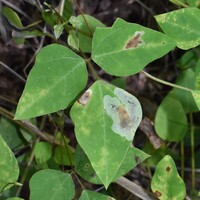
| Recorded by: David George, Stephen Dunn, Jeff Niznik, Rich Teper, Becky Watkins on 2023-07-30
Swain Co.
Comment: |
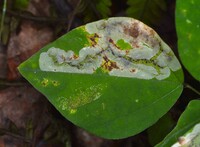
| Recorded by: David George, Stephen Dunn, Jeff Niznik, Rich Teper, Becky Watkins on 2023-07-29
Swain Co.
Comment: | 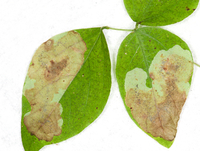
| Recorded by: Jim Petranka and Becky Elkin on 2022-10-04
Transylvania Co.
Comment: |
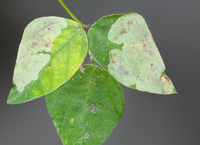
| Recorded by: Jim Petranka and Becky Elkin on 2022-09-20
Haywood Co.
Comment: | 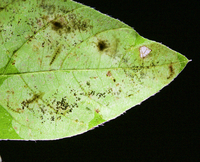
| Recorded by: Jim Petranka and Becky Elkin on 2022-09-20
Haywood Co.
Comment: |

| Recorded by: Jim Petranka and Becky Elkin on 2022-09-15
Caldwell Co.
Comment: | 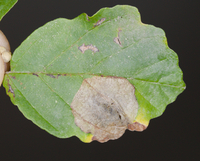
| Recorded by: Jim Petranka and Becky Elkin on 2022-09-15
Caldwell Co.
Comment: |

| Recorded by: tom ward on 2022-08-23
Buncombe Co.
Comment: | 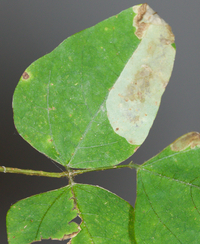
| Recorded by: Jim Petranka and Becky Elkin on 2022-08-09
Watauga Co.
Comment: |
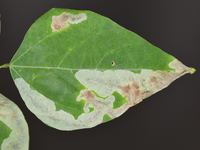
| Recorded by: Jim Petranka on 2022-07-11
Henderson Co.
Comment: | 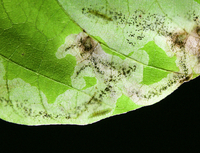
| Recorded by: Jim Petranka on 2022-07-11
Henderson Co.
Comment: |

| Recorded by: Jim Petranka and Becky Elkin on 2022-06-18
Madison Co.
Comment: | 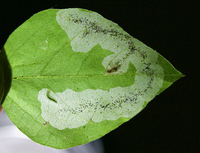
| Recorded by: Jim Petranka on 2022-06-16
Madison Co.
Comment: |
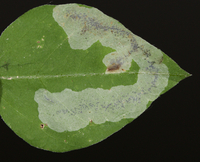
| Recorded by: Jim Petranka on 2022-06-16
Madison Co.
Comment: | 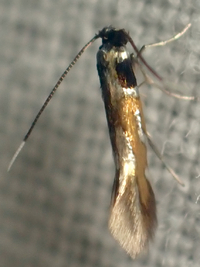
| Recorded by: tom ward on 2022-05-03
Buncombe Co.
Comment: |

| Recorded by: Jim Petranka and Becky Elkin on 2022-03-09
Madison Co.
Comment: One of four adults that emerged from mines collected on 3 Sept, 2021 after overwintering. | 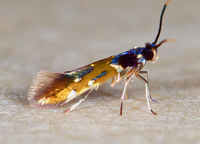
| Recorded by: Jim Petranka and Becky Elkin on 2022-03-09
Madison Co.
Comment: One of four adults that emerged from mines collected on 3 Sept, 2021 after overwintering. |
|

 »
»